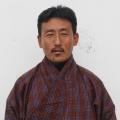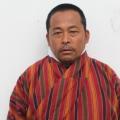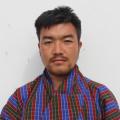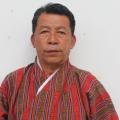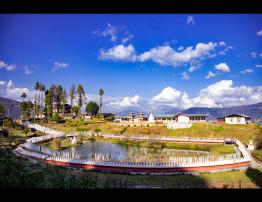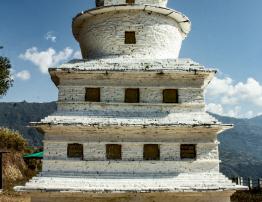Yurung Gewog is located in the north western part of Pemagatshel Dzongkhag. The Gewog center is connected by 42 km farm road via Denchi from the Dzongkhag headquarter. It is also accessible by feeder roads through Tsebar and Thongsa. It covers an area of about 28.42 sq. km with the elevation ranging from 1,275 to 2,975 meters above sea level and experiences an average annual rainfall of 1500 mm to 3000 mm. It shares its border with Chimung Gewog to the south west, Mongar Dzongkhag to the north, Khar Gewog to the south east, and Shumar Gewog to the east. The majority of its area is under broadleaf forest cover with moderate climate condition. The landholdings are dominated by dry-land (Kamzhing) and with the total of almost about 11 acres of wetland. The registered wetlands have been left fallow for more than 20 years owning to the lack of enough water supply and proper irrigation channel. Damage to the crops by wild animals and others pests has hampered crop production and productivity by farmers and the shortage of manpower has added to the problem. Notwithstanding the problem, they grow Maize as the main food crop and the other food crops such as Millet, Sweet buckwheat, Soya beans, and Spring wheat in small scale. The vegetables such as Chili, Turnip, Radish, Bean, Rajma bean, Cabbage, Cauliflower, Garlic, and Carrot are also grown. The vegetables are mainly grown for self consumption. Their cash crops include Cardamom, Citrus (oranges), and Potatoes. The Gewog is well known for Yurung Bura as an off-farm activity for their household income generation. The Gewog Administration is staffed with Gup, Gewog Administrative Officer, Mangmi, Gaydrung, and 5 Tshogpas. The Gewog consists of 5 Chiwogs and 22 villages. It has 402 households with the estimated of 2742 population as of now. The Gewog has all the basic infrastructures for the public to avail necessary services. It has one RNR center, one Central School, one Primary School, one Community Information Center (CIC), one BHU Grade II, one Sub post, and one Milk Processing Unit (MPU). There are total of 5 community Lhakhangs, 7 private owned Lhakhangs, and 189 Chortens existing at the present.
གཡུ་རུང་རྒེད་འོག
Institutions
No institutions in this Gewog.
Staff
བལྟ་བཤལ།
Khangma Chorten
Khangma Chorten is also known Samdruptse stupa. The exact year of construction for the Samdruptse stupa remains unknown. According to an inscription on a stone in front of the stupa, it was built during the ‘Wood Female Snake Year” of the Bhutanese calend


